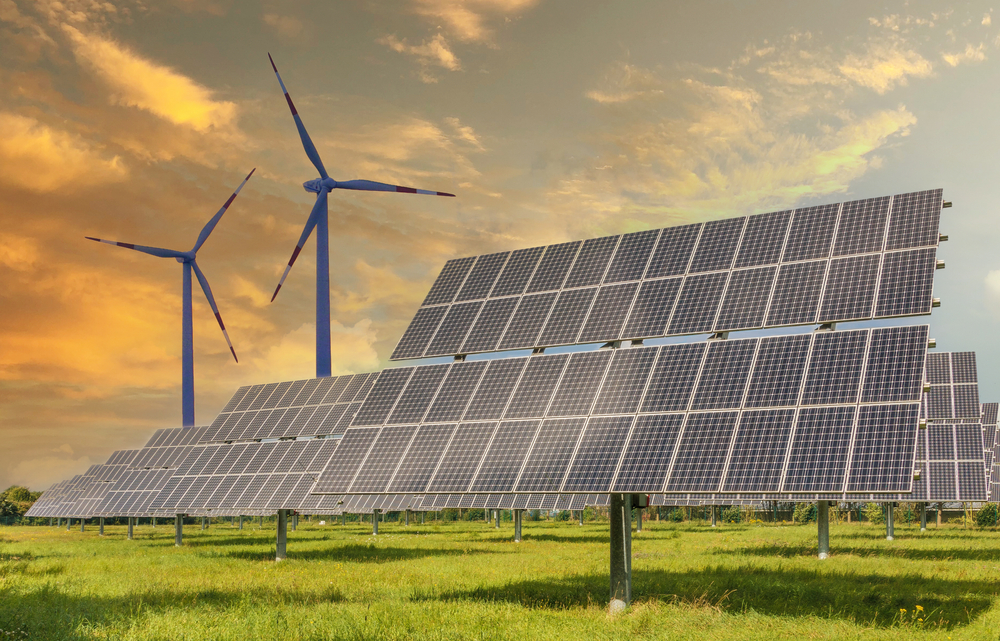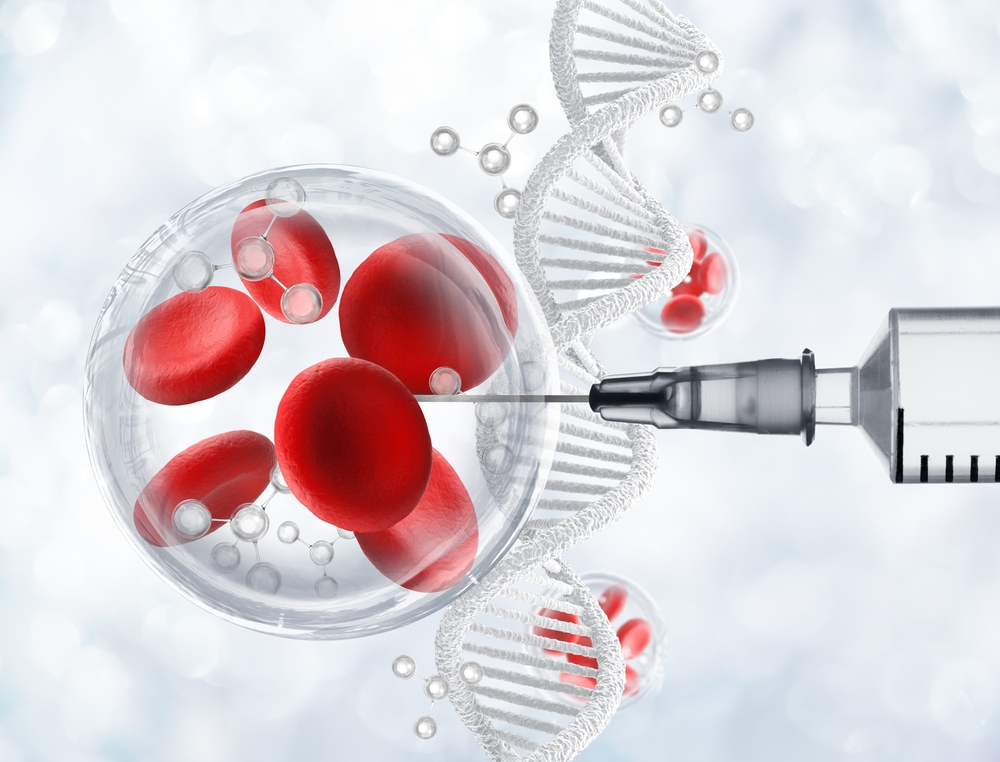Joubert spent 11 years living in the German ecovillage of Sieben Linden, a community of 120 people, including 30 children, that has cut its emissions to 30 percent of the national average using solar energy, a closed water system and composting toilets as well as an organic garden that satisfies 80 percent of the community’s needs. The village also established a unique social structure based on five leadership groups that manage everything from purchasing food to organizing seminars, and there are many other outlets for personal development. “Communities are a very strong laboratory for personal transformation and growth,” Joubert says. “You receive a lot of feedback but also a lot of possibilities to try yourself out in positions of responsibility.”
Joubert has witnessed a growing interest in these models from individuals, academics, corporations and government officials. The German Foreign Ministry recently funded a project involving work with North African communities on climate change solutions and community stabilization, while the E.U. is bankrolling a project that looks at ecovillage strategies for rural communities in the Baltic states.
Perhaps the most astonishing display of group power in recent memory, however, has been the spontaneous protests around the Middle East. When the young vegetable vendor Mohamed Bouazizi set himself on fire to protest government corruption and injustice in Tunisia earlier this year, the news spread to other towns via the Arabic language news network Al Jezeera and social networking sites, and people took to the streets to overthrow dictator Zine el-Abidine Ben Ali. The events were a wakeup call to the Arab world.
Though the outcome of the changes in the Middle East is far from certain, what has made some of the movements more successful than others is the unity and innovation of the protest groups, says Abdulkader Sinno, associate professor of political science and Middle Eastern studies at Indiana University. For example, in Cairo’s Tahrir Square, the self-organized youth joined forces with more established political parties and groups like the Muslim Brotherhood to create the critical mass needed to force President Hosni Mubarek to step down.
Islamists and liberals worked together as did youth and older adults. The Muslim Brotherhood brought its expertise in creating barricades, while soccer fans taught people how to combat tear gas and incapacitate police cars. When Mubarek tried to pit fragments of society against one another, the protesters were savvy; Christians protected Muslims while they prayed and vice versa. In Bahrain, by contrast, the government managed to divide people, casting the conflict as Shiite versus Sunni, weakening the movement and causing infighting among groups, according to the Indiana University’s Sinno.
“During the [Egyptian] revolution, protesters were making sure to convey that everyone was in it together,” Sinno says. “It had nothing to do with religion, age or socioeconomic background.” And the synergy among these groups was powerful, he says: “When words like ‘The people want to bring down the regime’ were being screamed by masses of people together, there was no more backing down.”
Apart from the political and social benefits of participation, groups are also just plain good for you. A growing body of research suggests that being involved in a group can lead to significant health benefits, everything from increased happiness and longer life spans to elevated altruism and community involvement.
One famous example of the health benefits of social connection is sociologist Len Syme’s study of heart disease among Japanese people who immigrated to the U.S. Syme found that the rate of heart disease among Japanese men who moved to California was five times greater than the rate of those in Japan, while the rate of those who went to Hawaii was somewhere in between. The results appeared to be independent of the usual risk factors, including smoking, high blood pressure and diet.
What Syme ultimately concluded was that people with social networks were protected regardless of whether they smoked or had high blood pressure. The Japanese men who moved to California were more isolated than the other two groups, so were more vulnerable to heart disease. More recently, researchers at Columbia University in New York City found that among 655 stroke patients, those who were socially isolated were twice as likely to have another stroke within five years than those with strong relationship ties.
“Connection is the best drug we have against any kind of illness,” says Lynne McTaggart, author of The Bond: Connecting Through the Space Between Us, which makes the case that humans are inextricably linked and meant to live in cooperation. “We were made to belong. We were made to be part of a bigger unit than one. And when we’re not, we get ill; we get depressed and we cannot function well.”
McTaggart asserts that many current crises result from selfishness, greed and competitive individualism. She proposes an alternative future led by people working together toward collective goals. Joubert, who has traveled the world for the Global Ecovillage Network, says she has seen just that—people willing to invest time, change their lifestyles and work hard to serve their communities. The creative intelligence of people, from the architects of Sieben Linden to the youth fueling the Arab spring, continually renews her hope, Joubert says.
“The most underutilized resource we have is the good intentions of citizens and our willingness to make a difference,” she adds. “There are enough wonderful people out there, and if we connect them well, we can shift the whole.”
After writing this article, Serena Renner is considering joining a non-fiction writer’s meetup group and looking for other ways to get more involved in her community.
Photo: JD Hancock via Flickr
The power of strangers
More of Today's Solutions
Mackerel and snapper recover as overfishing reaches all-time low
The most recent statistics from the National Oceanic and Atmospheric Administration (NOAA) provide promising news for marine conservationists and seafood fans alike: the number ...
Read More3 top tips for overcoming the stifling pressure to “get in shape”...
As summertime approaches, so does the widespread pressure to get the elusive "summer body." For many, this is a season of intense scrutiny as ...
Read MoreThese two nutrient groups are key for memory and cognition
Through neuroplasticity, our brains are continuously changing and learning as we age. It’s not surprising that what we eat has a big impact on ...
Read MoreMake your green thumb even greener by cultivating a zero-waste garden
If the thought that’s keeping you warm through these winter months is looking forward to getting back into your garden, you're surely not alone. ...
Read More










